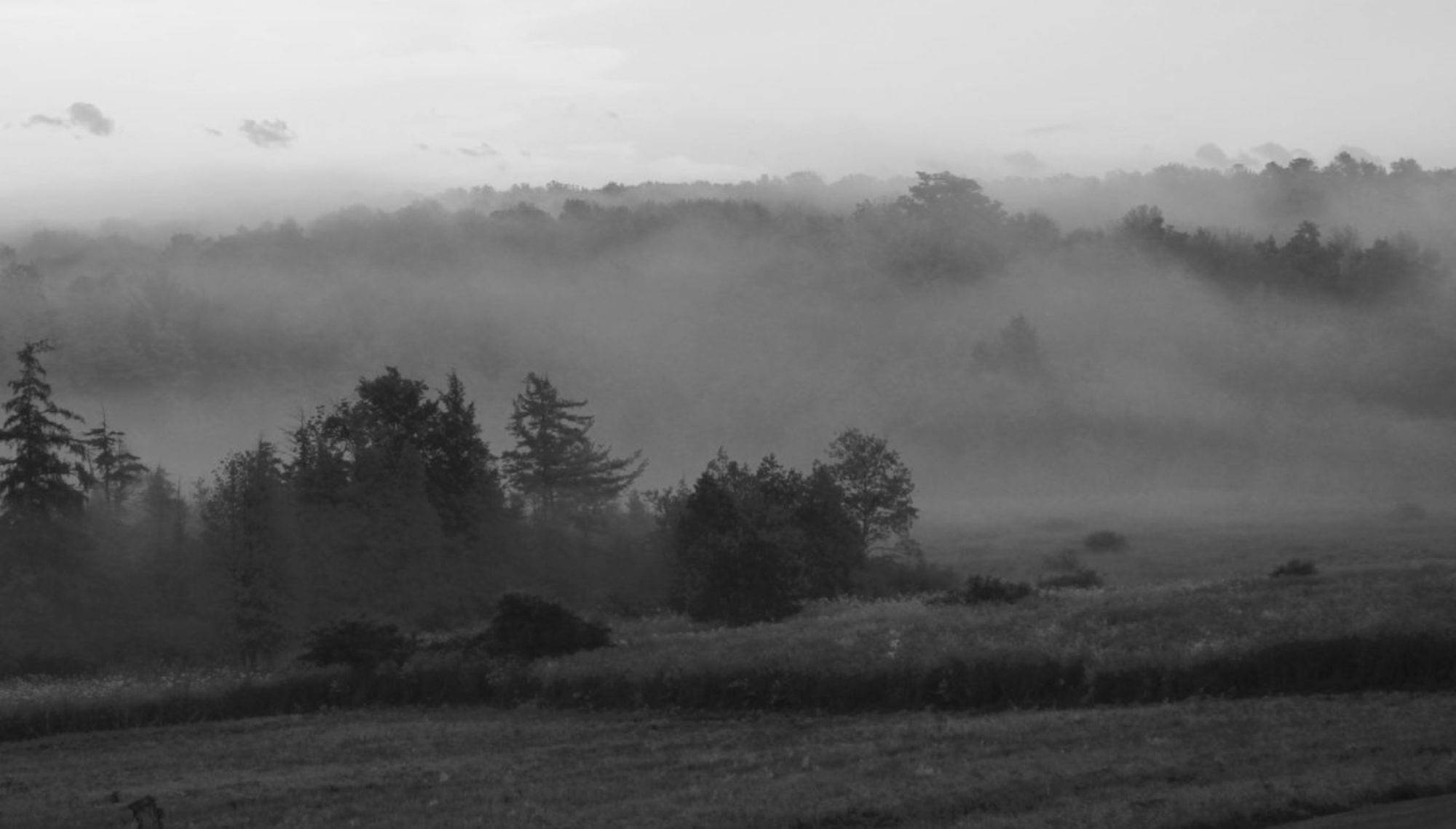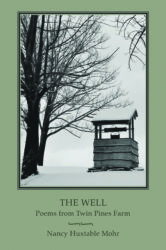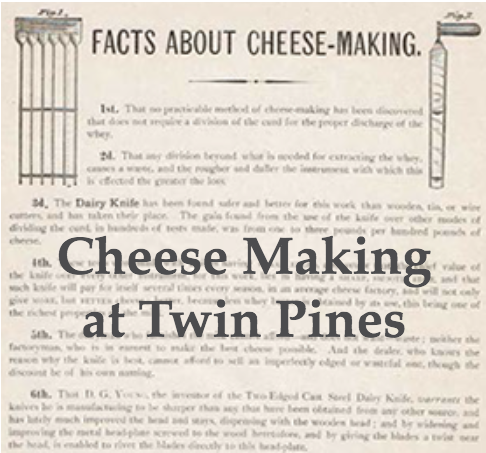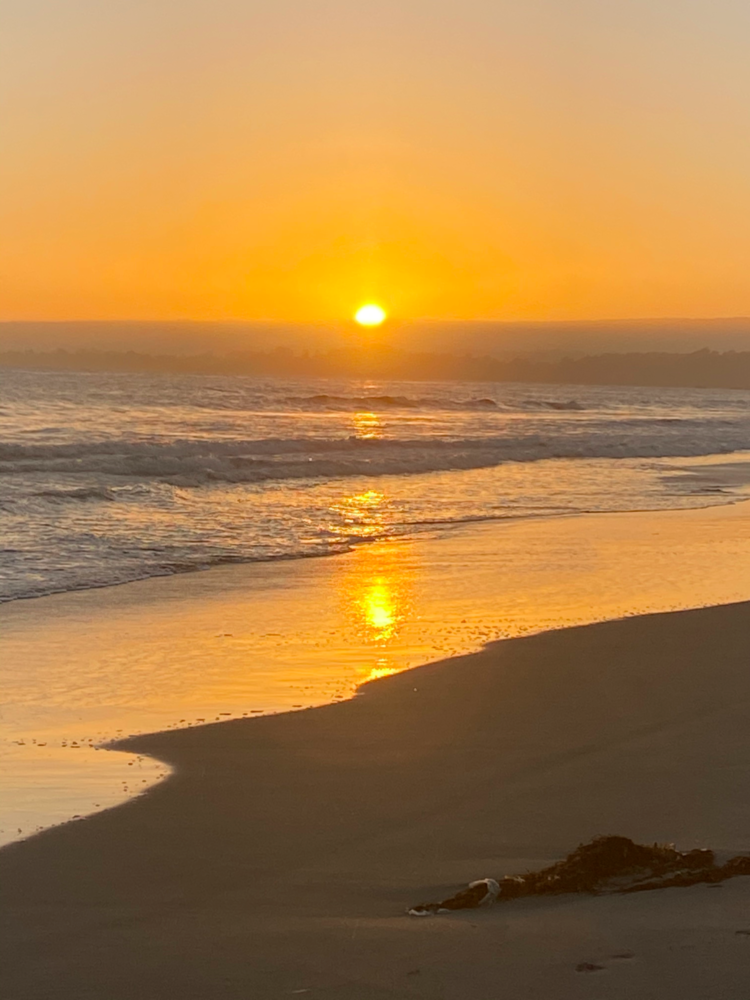Millers Mills community maintains the authenticity of a 19th century ice harvest by using old hand tools to saw, separate, and load the ice blocks on to horse-drawn sleighs. The only exception is the antique gas-powered machine used to score the ice the day before. This ensures that the blocks are relatively uniform in size. Families from all over New York drive, snowmobile, and even skate their way to the concisely cut checkerboard of ice on Unadilla Lake in Herkimer County, New York for what many call an absolute wintertime necessity.
The community of residents, grange and church volunteers, teamsters, fire and ambulance personnel, and local highway departments welcome guests to an abundant harvest of ice blocks averaging over 14 inches per 200-pound block.
Founded in 1790 by Andrew Miller and his six sons who ran a gristmill and sawmill from the sacred headwaters, the kind folks of Herkimer County have upheld the importance and nostalgia of old-time refrigeration and the tools to get the job done. Without modern refrigeration, ice blocks were stored in outdoor sheds, such as the one behind Millers Mills Free Baptist Church. The blocks were covered with heavy straw and often lasted well into the summer.
Today, the ice harvest is a true “all hands on deck” seasonal event which originates from scoring the ice, sawing, and floating the blocks, sliding the cubes onto the awaiting sleighs with teams of horses, delivering the frozen majesty to the ice house, and finally packing and stacking the massive chunks in sawdust.
This tradition has been widely publicized and attracted national attention with visits by noted CBS television personality and newsman, Charles Kuralt in his On the Road segment on 60 Minutes in the 1980s.
Kathy Huxtable and Robert “Ice Man” Wheelock, longtime volunteers, explain, “It’s about keeping the tradition alive and showing young people work can be fun along with events, such as the always popular ice-cream social and July 20th’s Sundae Run, aka The Boilermaker “Cool Down Event”.
For more information, visit Millers Mills online or call 315-822-6860.







